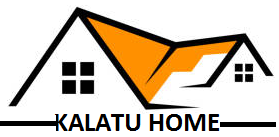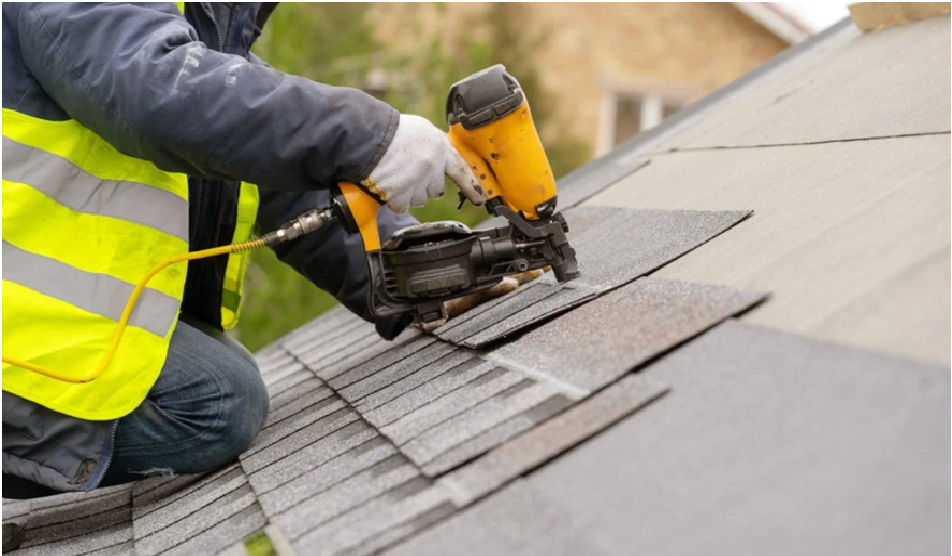Choosing the right roofing material is essential for the longevity, aesthetics, and energy efficiency of your home. With a variety of options available, including asphalt shingles, metal roofing, and alternative materials like wood shakes and synthetic options, understanding the advantages and considerations of each will help you make an informed decision.
Asphalt Roofing
Asphalt shingles are the most common roofing material in the United States, known for their affordability, versatility, and ease of installation. They are typically composed of a fiberglass or organic mat, saturated with asphalt, and coated with mineral granules.
Advantages of Asphalt Shingles
Asphalt shingles offer several advantages that make them popular among homeowners. Firstly, they are cost-effective compared to other roofing materials, making them a practical choice for budget-conscious individuals. They come in a wide range of colors and styles, from traditional 3-tab shingles to architectural (dimensional) shingles that mimic the look of wood or slate. This variety allows homeowners to find a style that complements their home’s architecture and enhances its curb appeal.
Considerations with Asphalt Shingles
While asphalt shingles offer many benefits, there are some considerations to keep in mind when choosing this roofing material. Firstly, asphalt shingles have a shorter lifespan compared to materials like metal or tile. Depending on the quality of materials and installation, asphalt shingles typically last between 15 to 30 years. Factors such as climate, exposure to sunlight, and maintenance practices can affect their durability and longevity.
Metal Roofing
Metal roofing has gained popularity in recent years due to its durability, longevity, and modern aesthetic appeal. Metal roofs are typically made from steel, aluminum, copper, or zinc, each offering unique benefits and characteristics.
Advantages of Metal Roofing
One of the primary advantages of metal roofing is its exceptional durability and longevity. Metal roofs can last 50 years or more with minimal maintenance, significantly outperforming asphalt shingles and other traditional roofing materials. They are highly resistant to fire, rot, insects, and mildew, making them a durable choice for homes in various climates and environments.
Metal roofing also offers superior performance against severe weather conditions. They have high wind resistance ratings and can withstand hail, heavy snow loads, and extreme temperature fluctuations without cracking or warping. Their smooth, slippery surface sheds snow and ice quickly, reducing the risk of water infiltration and ice dams during winter months.
Additionally, metal roofs are energy-efficient. They reflect solar radiant heat, keeping homes cooler in the summer and reducing air conditioning costs. Some metal roofing materials are ENERGY STAR® rated and qualify for tax credits or rebates from local utility companies, providing financial incentives for homeowners to choose energy-efficient roofing solutions.
Considerations with Metal Roofing
While metal roofing offers numerous benefits, there are considerations to evaluate before making a decision. Firstly, metal roofs have a higher upfront cost compared to asphalt shingles. The cost of materials and professional installation can be significant, depending on the type of metal chosen and the complexity of the roof design.
Alternative Roofing Materials
In addition to asphalt and metal, there are alternative roofing materials that offer unique aesthetics and benefits for homeowners seeking distinctive roof designs.
Wood Shakes and Shingles
Wood shakes and shingles provide a natural and rustic appearance that enhances the architectural charm of homes. They are typically made from cedar, redwood, or pine and offer excellent insulation properties, keeping homes cooler in summer and warmer in winter. Wood shakes and shingles are durable and can last 30 years or more with proper maintenance, including periodic cleaning and application of preservatives to protect against rot and decay.
Slate Roofing
Slate roofing is renowned for its beauty, durability, and longevity. It is a natural stone material that can last 100 years or more when properly installed and maintained. Slate roofs are available in various colors, textures, and sizes, offering homeowners a wide range of design options to complement their home’s architecture. While slate roofing is one of the most expensive roofing materials upfront, its exceptional durability and aesthetic appeal make it a worthwhile investment for historic homes and properties requiring a long-term roofing solution.
Synthetic Roofing Materials
Synthetic roofing materials, such as composite shingles and rubber roofing, offer versatility and durability while mimicking the look of natural materials like slate or wood shakes. Composite shingles are made from a combination of recycled materials, including plastic, rubber, and wood fibers, providing excellent weather resistance and impact resistance. They are lightweight, easy to install, and come in a variety of colors and textures to enhance the curb appeal of homes. Rubber roofing is another synthetic option that offers superior durability and flexibility, making it ideal for flat or low-slope roofs. It is resistant to UV rays, extreme temperatures, and harsh weather conditions, ensuring long-lasting performance and protection for residential and commercial properties.
Advantages of Alternative Roofing Materials
Alternative roofing materials offer several advantages that appeal to homeowners seeking unique aesthetics and long-term performance. Wood shakes and slate roofing provide natural beauty and durability, with some slate roofs lasting over a century. Synthetic materials offer versatility, eco-friendly options, and enhanced durability compared to traditional roofing materials like asphalt or metal.
Considerations with Alternative Roofing Materials
While alternative roofing materials offer unique benefits, there are considerations to keep in mind when choosing these options. Firstly, alternative materials may have higher upfront costs compared to asphalt shingles, requiring a larger initial investment. Homeowners should evaluate their budget and long-term financial goals to determine the feasibility of choosing alternative roofing materials.
Choosing the Right Roofing Material
When selecting a roofing material, several factors should be considered to ensure you choose the option that best meets your needs and preferences.
Climate Considerations
The climate where you live plays a significant role in determining the best roofing material for your home. Consider factors such as temperature fluctuations, humidity levels, and exposure to severe weather events like hurricanes or blizzards. Certain roofing materials, such as metal and synthetic options, offer superior performance in harsh climates and are designed to withstand extreme weather conditions without compromising durability or aesthetics.
Architectural Style and Aesthetic Preferences
Your home’s architectural style and aesthetic preferences should guide your choice of roofing material. Each roofing material has its own unique appearance and characteristics that can enhance the curb appeal and overall design of your home. For example, asphalt shingles are available in a wide range of colors and textures to complement traditional and contemporary architectural styles. Metal roofing offers a modern and sleek appearance that complements modern homes with flat or low-slope roof designs. Alternative materials like wood shakes or slate roofing provide a natural and rustic charm that enhances the architectural character of historic homes or properties seeking a distinctive look.
Budget and Cost Considerations
Budget is a critical factor when selecting a roofing material. Evaluate the upfront costs, long-term savings, and return on investment associated with each option. While asphalt shingles are typically the most affordable roofing material upfront, they may require more frequent replacement compared to metal or alternative materials. Metal roofing and alternative materials like slate or synthetic options have higher upfront costs but offer long-term savings through improved energy efficiency, durability, and reduced maintenance costs over time. Consider your budget and long-term financial goals when comparing the costs and benefits of different roofing materials.
Maintenance Requirements
Consider the maintenance requirements associated with each roofing material to ensure you can properly care for your roof and maximize its lifespan. Asphalt shingles require periodic inspections and repairs to address issues such as cracked or missing shingles, algae growth, and water damage. Metal roofing and alternative materials like wood shakes or slate may require less frequent maintenance but may still need occasional cleaning, sealing, or repairs to preserve their appearance and performance.
Installation Considerations
The installation process for each roofing material varies in complexity and requires specific skills and equipment to ensure proper installation and warranty coverage. Asphalt shingles are relatively easy to install and can be completed within a few days by experienced roofing contractors. Metal roofing installation involves specialized techniques for handling and fastening metal panels or shingles, requiring professional expertise to prevent issues such as leaks or improper flashing. Alternative roofing materials like wood shakes or slate require precision and attention to detail during installation to achieve a seamless and durable roof system.
Choosing the Right Roofing Contractor
Selecting a reputable roofing contractor is essential to ensure your roofing project is completed professionally and meets industry standards. Look for contractors with experience installing the type of roofing material you have chosen and check their credentials, certifications, and customer reviews. Obtain multiple quotes and compare services, warranties, and references before making a decision. A qualified roofing contractor will provide expert advice, quality workmanship, and ensure your new roof enhances the beauty and value of your home.
Conclusion
Choosing between asphalt, metal, or alternative roofing materials depends on your specific needs, preferences, and budget. Each roofing material offers distinct advantages in terms of durability, energy efficiency, aesthetic appeal, and long-term performance. By considering factors such as climate conditions, architectural style, maintenance requirements, and installation considerations, you can select a roofing material that enhances the overall value and comfort of your home for years to come.

